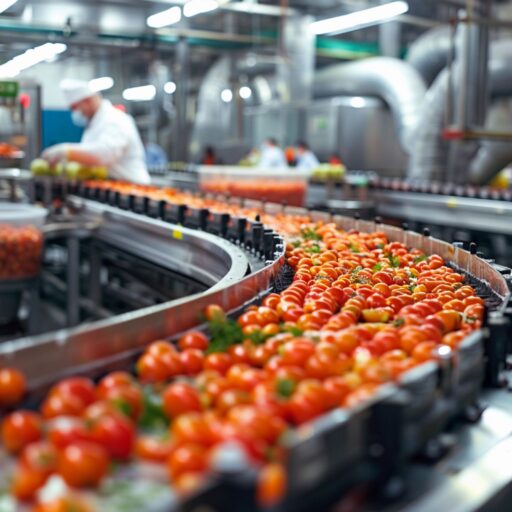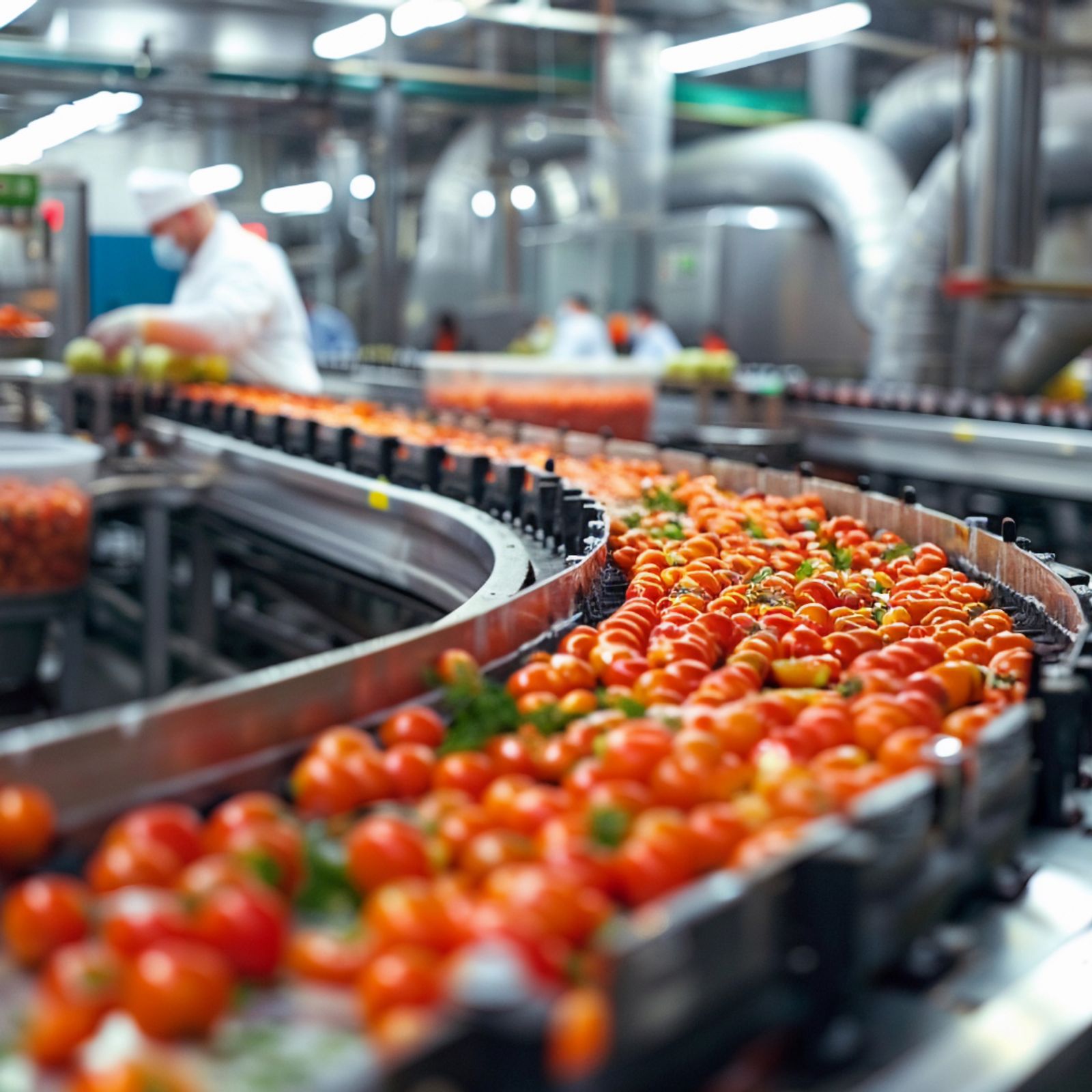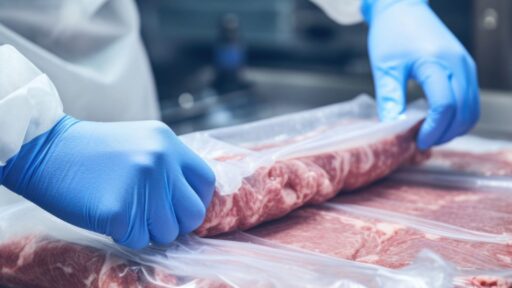The Best CRM Setup for Food Processing Companies
A Configuration Designed for Industry Constraints
In the food processing sector, companies face unique challenges: complex distribution networks, perishable products, and recurring B2B relationships. A well-designed CRM must integrate these specificities to provide a unified view of customers and products. It needs to manage refrigerated shipping schedules, track expiration dates, and set up automatic reminders for recurring orders. Additionally, it must quickly adapt to stockouts or unexpected quality incidents. A customized setup also accounts for seasonal raw material fluctuations and demand spikes. Finally, the CRM should remain flexible enough to integrate new distribution channels such as e-commerce or direct-to-consumer sales.
Types of Contacts to Create
Buying Groups: large entities that aggregate orders for multiple retail locations or brands.
Distributors (Grocery Chains, HORECA, Export Partners): supermarket chains, hospitality operators, and international partners with varying logistical needs.
Industrial Buyers: B2B clients incorporating your ingredients into their own products, requiring large volumes and precise technical specs.
Quality and Logistics Managers: responsible for product compliance and flow management, essential for ensuring traceability and freshness.
Segmenting contacts in this way allows the CRM to tailor communication and outreach efforts to each profile’s unique needs.
Modules to Activate
Sales Opportunity Management: track prospects and negotiations with lead scoring based on potential volume and expected margins.
Sample and Testing Tracking: manage sample shipments to prospects, track lab results, and feed findings back into the sales pipeline.
Quality Complaints and Non-Conformity Handling: create tickets for each incident, track internal analyses and corrective actions, and send automatic alerts to avoid disputes.
Delivered Volume and Pricing Reports: visualize quantities shipped per period and customer, compare negotiated rates, and automatically calculate rebates and discounts.
Document Management (Technical Sheets, Certifications): centralize product specifications, certifications (HACCP, ISO), allergen information, and regulatory documents for easy access.
These interconnected modules provide end-to-end traceability from sample requests to after-sales support.
Useful Custom Fields
Type of Processed Product: e.g., charcuterie, canned goods, frozen vegetables, beverages—enables appropriate marketing and logistics approaches.
Order Frequency: allows scheduling of automatic reorder reminders before expected restock dates for each customer.
Quality Incident History: logs all returns, complaints, and non-conformity analyses for continuous process improvement.
Negotiated Commercial Terms: tracks specific pricing, payment terms, and minimum order quantities to calculate automatic discounts.
Client Audit Date: monitors customer audits to plan certification renewals or factory inspections.
These fields enrich customer profiles and streamline targeted campaigns and offers.
Example Conversion Cycle
Contact via Trade Show
A sales rep captures a buyer’s details at a food industry expo.Sample Shipment for Testing
The CRM creates an opportunity and issues a ticket to send certified samples for lab testing.Price and Logistics Negotiation
After test results come back, the rep negotiates volumes, pricing, and supply chain conditions.Master Contract Signing
The CRM generates the contract with negotiated terms, schedules reorder reminders, and triggers workflow to production.Order Execution
Recurring orders are scheduled, and the CRM alerts production and logistics to allocate resources.Ongoing Quality Monitoring
The CRM logs any customer feedback, coordinates semi-annual audits, and initiates corrective actions if issues arise.
This cycle ensures smooth handling from first contact to long-term partnership.
Use Case
A small business processing frozen fruits and vegetables uses NextLead to track real-time orders from 50 distributors. Each new lead is automatically assigned to the correct sales rep based on territory. Reorder reminders are sent seven days prior to expected restock dates according to inventory and sales forecasts. The CRM also alerts the quality team if a non-conforming batch is returned. Outcome: a 15-hour weekly reduction in order coordination tasks and a 20% decrease in logistical incidents.
Conclusion
A CRM configured for food processing companies structures customer relationships and boosts productivity across sales, logistics, and quality teams. By centralizing data, quotes, orders, and incident reports, it provides comprehensive traceability and essential responsiveness in 2025. Investing in a tailored CRM transforms regulatory and logistical constraints into continuous improvement opportunities, strengthening long-term profitability.












